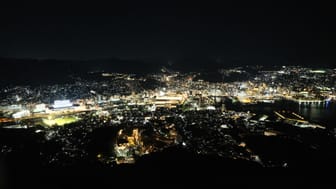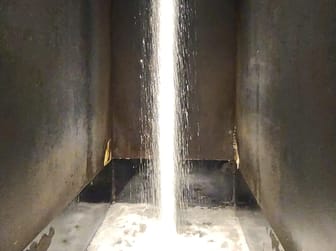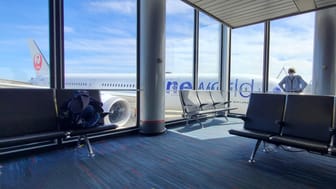Japan: Going Beyond the Golden Trail
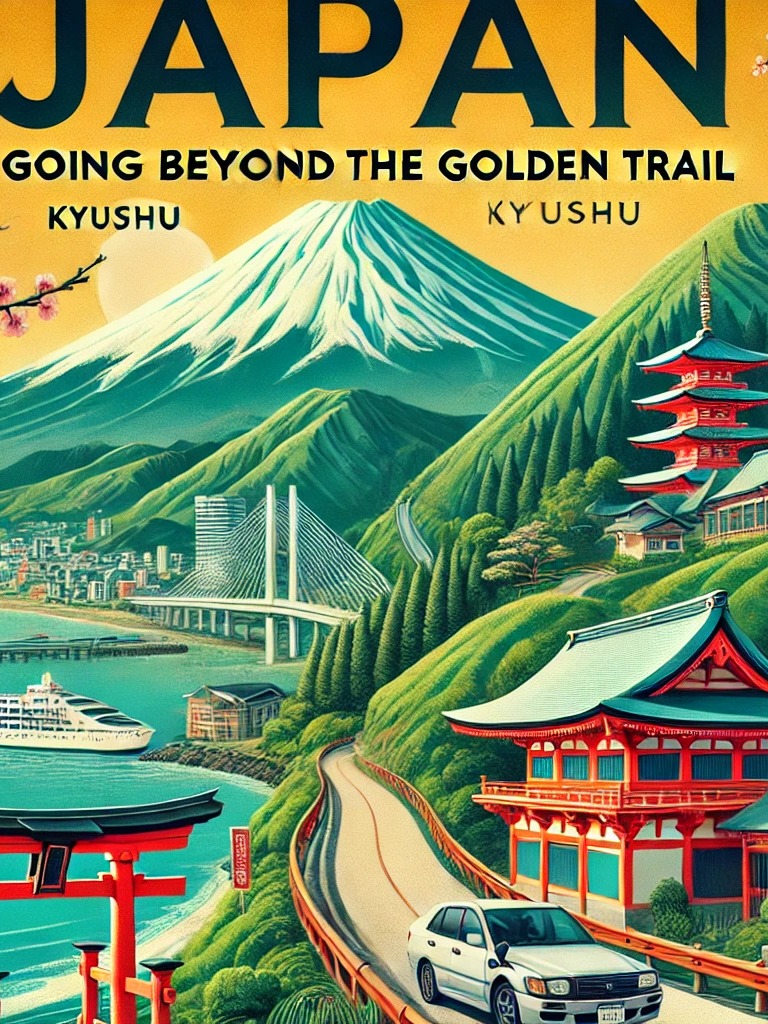
Context
This guide is designed for travelers who have visited Japan multiple times or those seeking a more scenic and immersive journey. If this is your first trip to Japan, please scroll to the bottom of this guide to find my dedicated section for first-time visitors.
Things that will be included in this guide;
1. Why visit Kyushu
2. How to get to Kyushu
3. How to prepare for Kyushu
4. What can you see & do
5. Shopping (unique to Kyushu)
6. Food (local delicacies)
Location
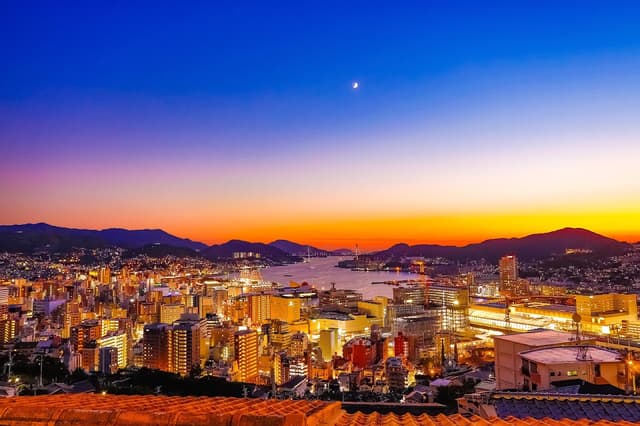
For the purposes of this guide, it will only include Northern part of Kyushu
🏯Why visit Kyushu?
Most typical reason why people visit Kyushu, is to do something new outside of the golden trail. If you want to see a more tropical & scenic side of Japan, get away from western tourists and enjoy all the best natural hot springs in all of Japan.
Locals in tourists, are good with English and overall are a lot more relaxed and like to have fun in comparison to the Tokyo locals. If you thought Tokyo people were friendly, wait until you chat with these locals.
The best comparison, is East coast vs West Coast vibes.
✈️How to get to Kyushu?
To clarify again, this guide is for Northern Kyushu, there are many other airports in the southern side of this region.
If you are going from Korea, you also have the option to take a boat from Korea into Fukuoka.
Sometimes there are promotions that allows you to fly domestically for free, so be sure to be on the look out for those.
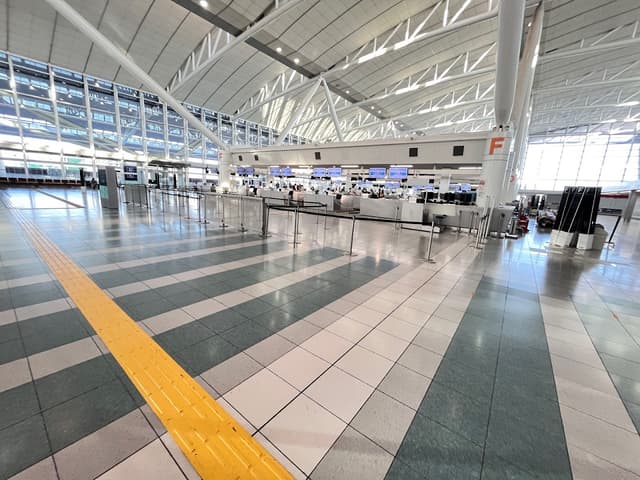


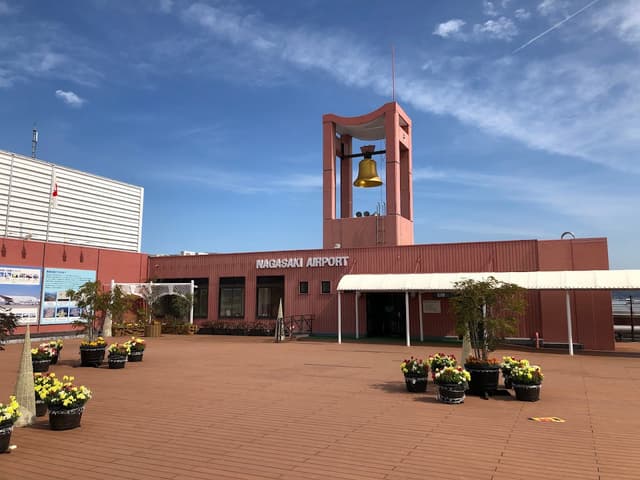
🧳Preparation for Kyushu
Book your flight/boat into Kyushu
Usually the flights will be internationally flown to Haneda or Narita, then you have to fly Domestic into any of the Kyushu airports above. If you are flying directly into Kyushu, then please don't forget to use Visit Japan web to disembark.
📶 E-sim / Pocket WIFI / Tourist Sim
Solo / Couple Travelers
If you're traveling solo or as a couple, I highly recommend getting either an eSIM or a tourist SIM card. Based on my experience, a tourist SIM card often provides better reception and faster speeds compared to an eSIM. This may vary depending on the specific network coverage in your travel areas.
Group Travelers
For group travelers, a Pocket Wi-Fi device is generally more cost-effective. However there are a few important factors to consider:
Flexibility: Opting for separate SIM cards allows for more individual freedom to explore, as well as higher data limits before throttling
NinjaWifi:
Whatever you choose, I highly recommend because I personally only use NinjaWifi for a few reasons.
1. Their internet speed is unmatched
2. I got more GB of data for similar price in comparison to other services
3. Their customer support is incredibly patient and detail when it comes to helping you
🚆Train / 🚗 Car - Getting Around Kyushu
Before booking your hotels, it’s essential to decide how you’ll be getting around Kyushu. Will you rely on trains for transportation, or do you plan to rent a car?
Trains: Potentially more cost efficient, stress free, scenic train routes
Cars: Flexibility of finding remote areas only accessible to cars, more scenery and flexibility to stop for photos, easier to travel with luggage, more family/group friendly
💡Note: If you are not confident in driving in a foreign place & skinny lanes or driving on the opposite side of the road (in comparison to North America) I highly discourage driving.
Car
I personally drove around Kyushu during my honeymoon, and it made the trip absolutely unforgettable. The experience of driving through the mountains, along the coastline, and stopping at scenic spots for photos added a sense of adventure and intimacy that trains simply can’t offer. Having a car also made it easy to access luxury ryokans, many of which are not reachable by train, and elevated the entire trip to another level. The drive truly made the honeymoon 100 times better than if we had relied on trains.
I highly recommend taking the scenic route Yamanami Highway (more mountain but better views)
Train
You would need to take the A-Train which is part of JR to get around, or you have the options to also take the Luxury trains
🏨Book your hotels/Accommodations
Once you’ve decided on your mode of transportation, you can start searching for accommodations. For this trip, I strongly recommend booking hotels rather than Airbnbs. The primary reason is reliability—since you’ll be traveling from city to city, you’ll want to avoid the risk of last-minute cancellations. Additionally, my experiences with hotels throughout the Kyushu region have been consistently excellent, offering convenience, comfort, and peace of mind.
I'll include my top recommended hotels in a select number of cities that I have personally visited and enjoyed the stay, for more options see the hotel guide below.
When Booking a hotel via Booking.com make sure you connect your Rakuten account for 2%-6% cashback.
Fukuoka
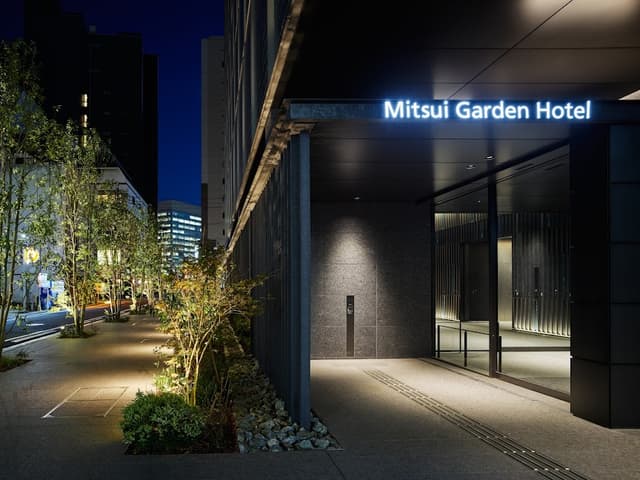
Beppu
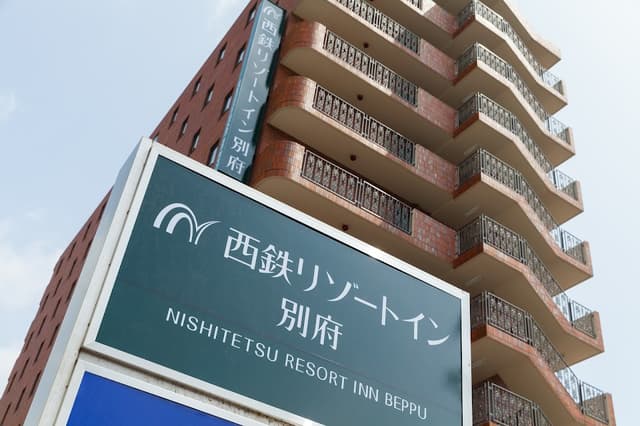
Kumamoto
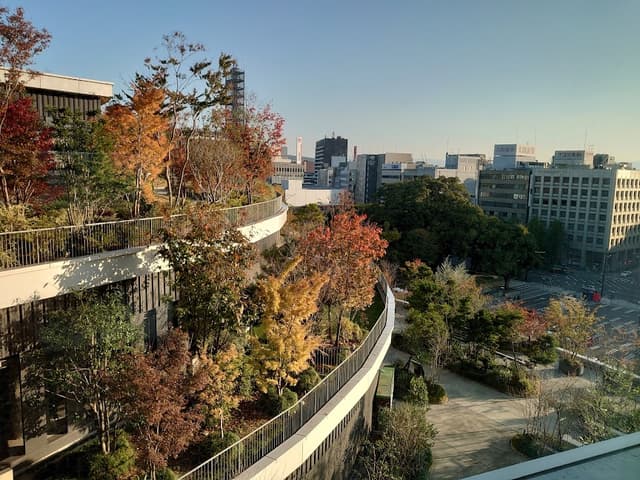
Nagasaki
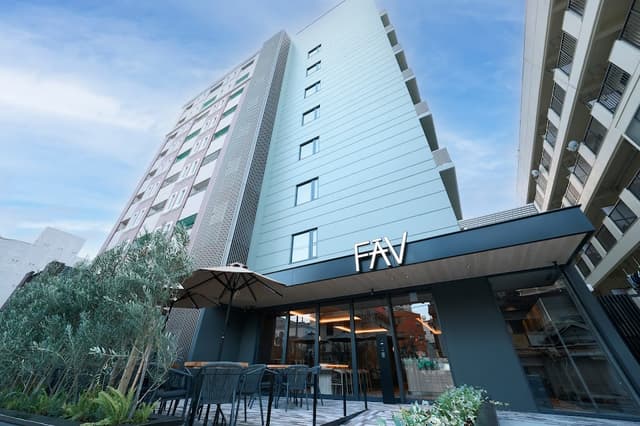
Karatsu
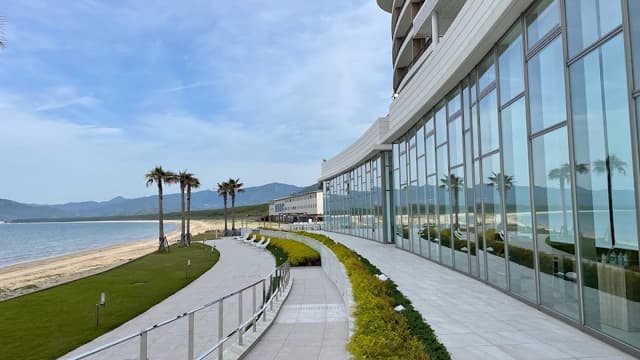
Kurokawa Onsen
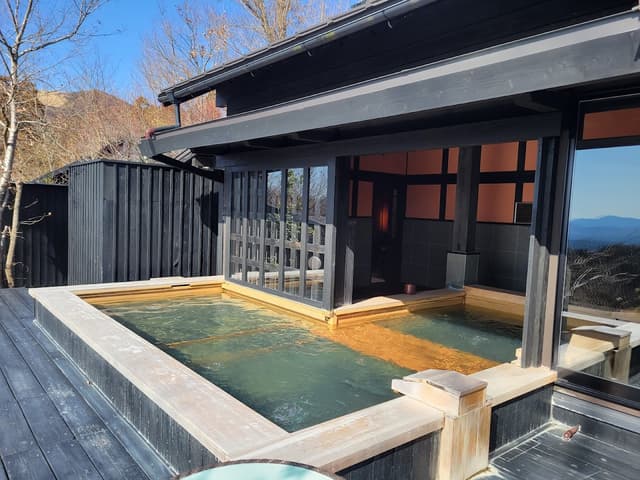
For a full list of hotels check out the guide below!
🗺️ Things to See & Do
Overall Kyushu is a very scenic region, with many things to do. I will provide 1 recommended item and add the rest in another guide below.
Fukuoka
Beppu
Kumamoto
Nagasaki
Karatsu
Full List of To Do
If you want to save yourself time (days of research), planning and compiling a list of things to do, reading reviews etc. Check out the Kyushu's top things to do guide below! It includes research online, and word of mouth from locals from my time when I was in Kyushu for my honeymoon.
🛍️Shopping in Kyushu
Kyushu, with its diverse prefectures, is renowned for offering a wide range of unique and high-quality products, each reflecting the region’s rich cultural heritage and craftsmanship. Depending on the prefecture you visit, you’ll find specialties that cater to various interests and tastes.
For those interested in skincare, Kyushu boasts natural and locally made products that highlight the benefits of its mineral-rich environment. Tea lovers will find themselves in heaven, as the region produces some of Japan’s finest green teas, known for their exquisite aroma and flavor. Additionally, Kyushu is famous for its high-quality sake, brewed with pure water and traditional techniques, making it a must-try for enthusiasts of Japanese spirits.
No matter where you go in Kyushu, there’s something special to discover, reflecting the distinctive character and craftsmanship of each prefecture.
To dive deeper into exclusive shopping items in Kyushu and the history see guide below:
🍜Food in Kyushu
Every prefecture has their own specialty in food, and it is also very seasonal. If you want specific restaurant recommendations, I will add that in the guide below.
Fukuoka
Fukuoka is most well known for their ramen, it is where the famous ichiran chain first started. There are many delicious ramen restaurants ranging from long line ups to short lineups but they are all better than Ichiran in their own ways.
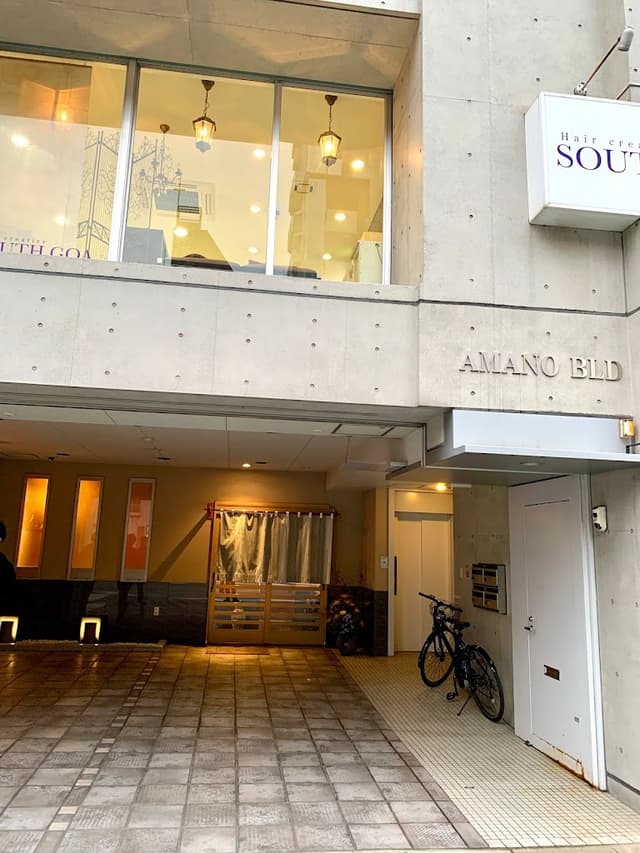
Daizaifu
Daizaifu is best known for Umegae Moch, this is basically rice cake with azuki bean filling. This is a traditional cake, that is a must try when you are here
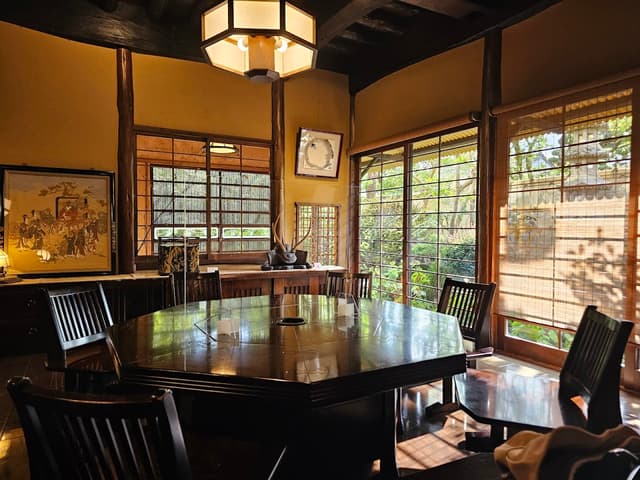
Beppu
Known for Jigokumushi (Steamed food), extremely popular in beppu is eating food that has undergone "hell steaming". This is a unique experience that is a must try here, not only is it healthier but it is delicious.
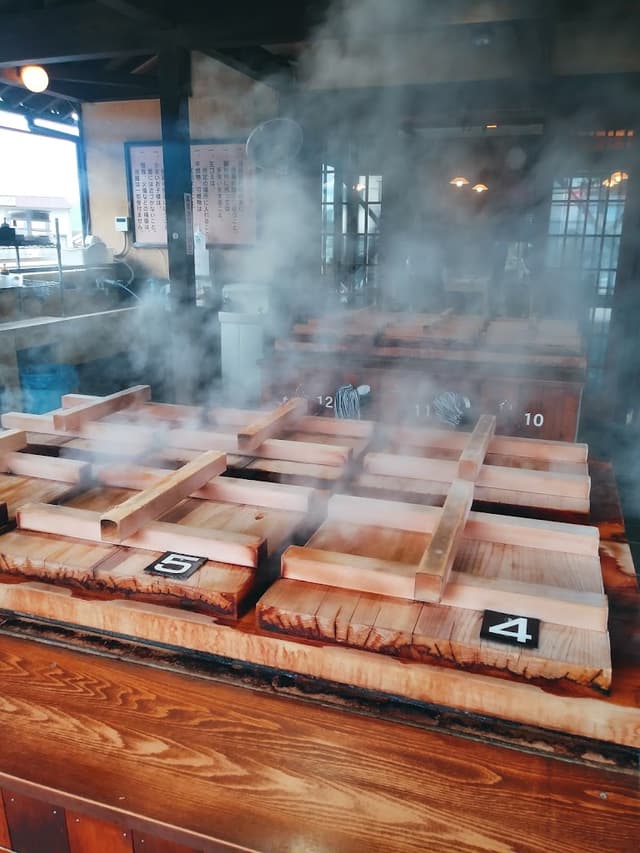
Kumamoto
Kumamoto mandarins are renowned for their exceptional flavor, especially when they are in season. I had the delightful experience of enjoying a fresh Kumamoto mandarin at the Koko Hotel. Its sweetness and tanginess were perfectly balanced, with a subtle yet distinctive yuzu-like zest that elevated the overall taste. This harmonious blend of flavors made it one of the most memorable and delicious mandarins I’ve ever tried.
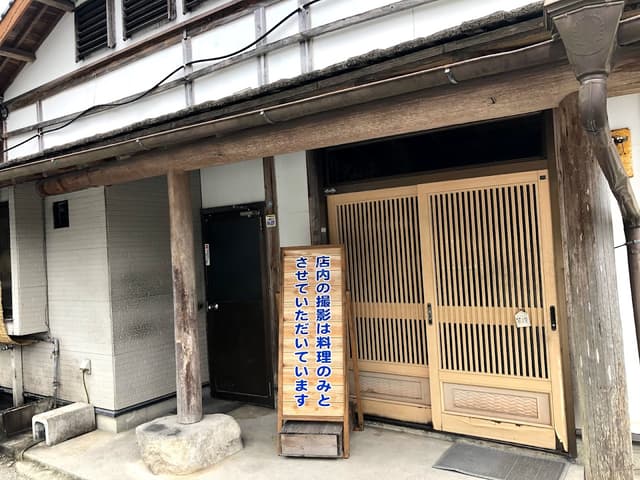
Nagasaki
Nagasaki Champon is a regional specialty born from Chinese culinary influences. Its creamy, rich broth, made from simmered pork and chicken bones, serves as the base for thick noodles topped with fresh seafood like shrimp, squid, and clams. Pork belly and stir-fried vegetables, such as cabbage and bean sprouts, complete this hearty and flavorful dish. Champon reflects Nagasaki’s history as a cultural crossroads,
Karatsu
Karatsu is renowned for its incredibly fresh squid, especially at its vibrant fish markets. A true delicacy in this coastal town is the experience of eating live squid (ika ikizukuri), where the squid is prepared immediately after being caught to ensure maximum freshness. This unique dish highlights the natural sweetness and delicate texture of the squid, offering a culinary experience that reflects the town’s deep connection to the sea.
Itoshima
One of Itoshima's seasonal highlights is its famous oyster huts, which come alive each winter from October to late March. These rustic seaside eateries offer a unique and unforgettable experience: savoring freshly harvested oysters, grilled to perfection over open flames. Alongside the oysters, many huts also serve an array of other seafood delicacies, ensuring a feast that showcases the best of Itoshima's coastal bounty. Whether you're a seafood enthusiast or just looking for an authentic taste of the region, the oyster huts are a must-visit during the colder months.
This Food Guide will constantly be updated, I still need to find the names of restaurants that the locals gave me to go!
Review
Please add a review for this guide & I always accept tips if you really enjoyed the content.
Thank you for making it this far!
Other guides you may like
The home for unique & authentic travel












